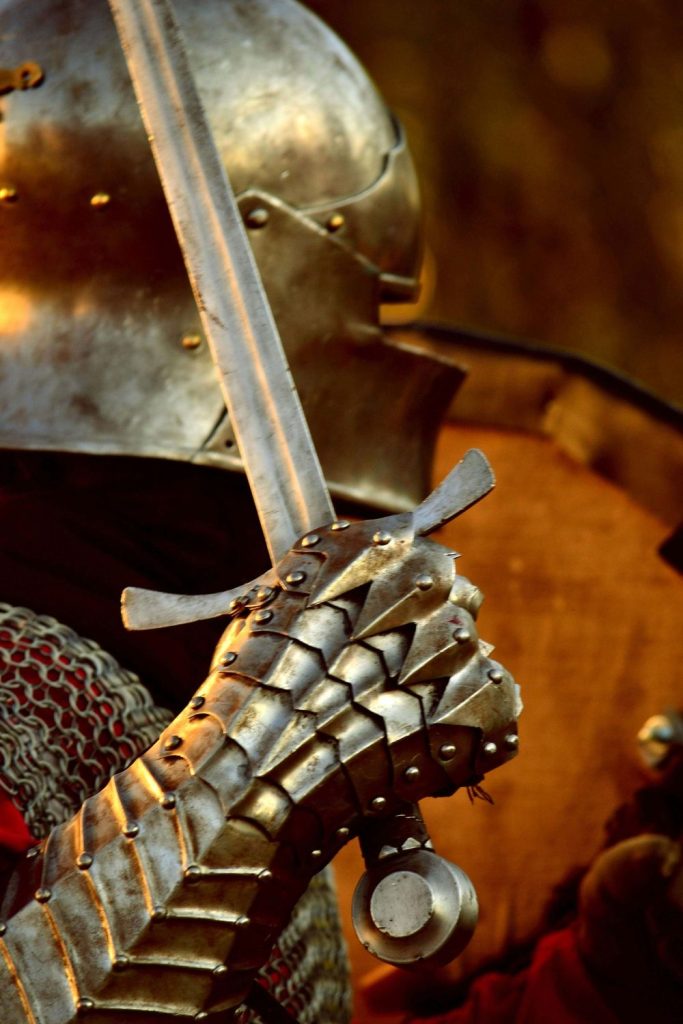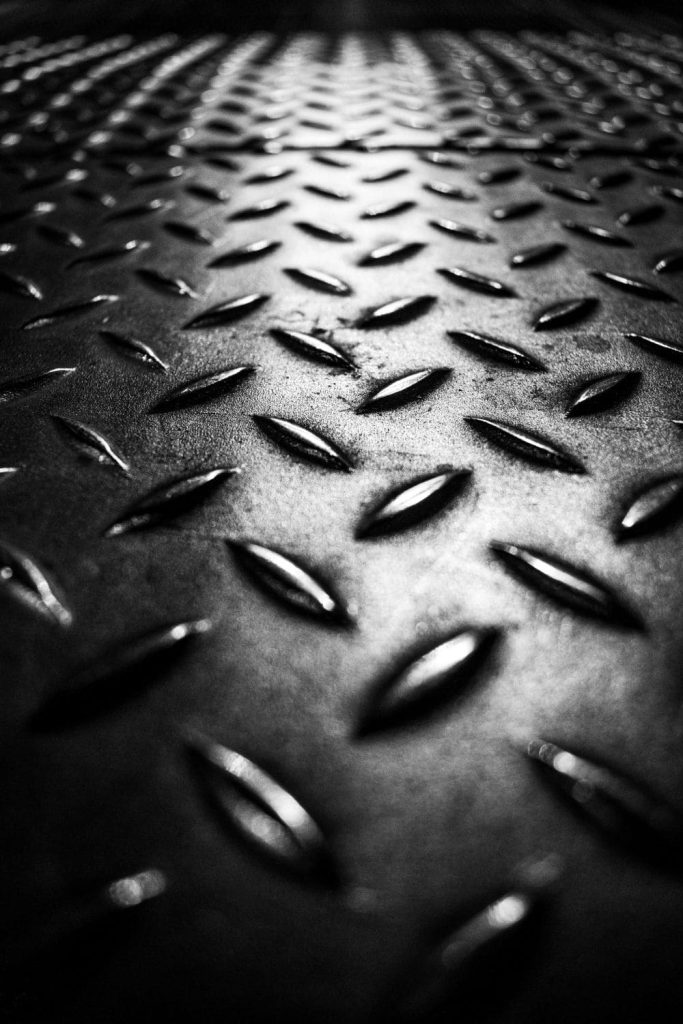The desire to increase durability, corrosion resistance, wear resistance, and such properties is a growing requirement for optimal product performance. With the aim of increasing such properties, engineers will recommend surface treatment for a part or whole of an exterior surface of a fabricated or machined component.
These treatment processes are significant parts of the production process. They safeguard the functionality and aesthetics of a product. Their resulting surface finish can differ widely.
This article covers the basics of surface treatment for CNC machining products and outlines PVD finish and other surface treatment methods.
CNC Lathe Machine
What is Surface Treatment?
Surface treatment is a broad term encompassing technologies that manipulate the exterior surface of a material. The goal of these alterations is to improve the surface properties of the material. This treatment can be physical, chemical, mechanical, or electrical in nature.
The common issues that surface treatment seeks to address are:
- Wear
- Corrosion
- Aesthetics
- Adhesion
- Friction
Surface treatment is as old as 4000 BC when man started using gold for decorations. People were already using gold and silver for plating in the 13th century.
Surface treatment on Ancient Body Armor
Currently, there are numerous surface treatment technologies, each with unique operations and uses. The choice depends on the exact project requirements.
The most popular applications of surface treatment include automotive, construction, heavy engineering, and transportation. Others are furniture, medical, hardware, and domestic appliances.
In the last decades, we have also seen microelectronics and printing emerge as prominent application areas of surface treatment.
We can categorize surface treatment of materials as heat treatments, dry surface treatments, and wet surface treatments. Each of these categories has different roughness levels, as this surface finishes chart shows.
Try Prolean Now!
Focus on PVD Coating and Surface Finish
How it works?
Physical Vapor Deposition (PVD) coating is one of the most modern types of surface finishes surface coating and coloring technology that comprises two major steps: Material vaporization and deposition on a substrate material. Another name for this process is thin-film coating.
A vacuum chamber holds a substrate and a PVD coating material (usually in ion form). When the chamber heats up, the solid material vaporizes. The particles so-formed settle on the substrate.
The process takes place at a temperature range of 50-600°C within the vacuum chamber. Upon vaporization, the atoms traveling through the chamber attach to anything in their path.
That’s why PVC coating is sometimes called the “line of sight” method. In this regard, the correct positioning of the object is crucial in this coating technique.
What materials can be PVD-coated?
A Rolex Watch with a platinum-PVD-coated bezel
While titanium and stainless steel are the most commonly PVD-coated metals, other metals also apply.
Some metals adhere to the PVD coating material better than others do. You don’t need a base layer to PVD coat stainless steel, titanium, and graphite.
You can PVD coat directly on brass, copper, and steel, but you may need to electroplate them with nickel or chromium before PVD coating to achieve better corrosion resistance.
You can also use PVD coating on non-metals, including some plastics.
Different PVD Coating Methods
The most basic method is called Thermal Evaporation, and it entails heating the coating material to the boiling point. You then condense the material on the substrate.
This simple and cost-effective PVD coating method applies to glass coatings and electronic components. With the different controllable parameters, the result is a means to achieve different types of surface finishes in terms of textures and colors.
Glass with surface treatment
Another method is called sputter deposition. Argon gas or any other ionized gas is at the center of this technique. These ions bombard the coating material and cause atoms to move and attach to the substrate. You will find it in the automotive and other industries.
Sputter deposition is popular for the application of TiN PVD coating material in different industries.
TiN PVD coated punches
Comparison of PVD Coating with Other Methods
Electroplating vs. PVD Coating
Electroplating is a coating method whereby the coating material and the substrate are placed in an electrolyte solution. When a current is passed through the setup, the coating material is positively charged. The substrate or material being coated attracts the coating.
Some of the most commonly used electroplated materials are copper, silver, and chrome. It is possible to use several layers of different coating materials depending on the results you are seeking to achieve.
So, what happens when you encounter materials that cannot be electroplated, for instance, titanium? That’s where PVD coating comes in.
PVD coating is unique and therefore more suitable for such materials because it forms a tight atomic bond. Unlike electroplating, this method is more versatile, wear-resistant, and safer.
Its machinery is probably more complex and requires more skilled personnel. It is relatively slow and costs more.
Powder Coating vs. PVD Coating
Powder coating is a technology that sprays a material with dry powder. The material is then placed in an oven environment for curing.
The heat in the oven promotes the formation of a smooth long-lasting and corrosion resistant finish. It is not surprising to find a powder coating surface treatment lasting for over two decades.
The application method of powder coating is different from how PVD is done. In PVD coating, vapor is involved meaning that it is a wet process. Powder coating involves a powder resin, which also contains a pigment.
While both surface treatment methods form a durable coat, PVD coating material tends to perform better in enhancing product life. The coating doesn’t discolor as fast as powder coating does. Its scratch resistance is also notably higher than that of powder coating.
PVD Coated End Mills
Anodizing vs. PVD Coating
Anodizing is an electrochemical method used to enhance the oxide film on aluminum and other metals.
You can achieve different colors using this technique by fine tuning the electrolyte composition. This surface treatment is ideal for improving the wear and corrosion resistance of metals, particularly aluminum. You will find it in the automotive, aerospace, and electronic industries among others.
Both anodizing and PVD finish are good for durable and aesthetic surface treatment, but their applications and most suitable materials differ.
Chemical Vapor Deposition (CVD) vs. PVD Coating
This is a group of thin coating depositing methods popular for polymer or coatings of superior quality. CVD applies the surface treatment via a controlled chemical reaction in the vapor phase. Another name for this procedure is thin-film deposition.
This technique is renowned for its swiftness and versatility in the formation of quality uniform coatings. It is prevalent in the manufacture of printable solar cells, electronics, and semiconductors, and much more. It is capable of delivering a wide range of surface roughness results.
CVD and PVD are different in several ways, starting with the process. While CVD is a chemical process, PVD involves physical reactions. This is the same reason the quality of the coating is different for these techniques. You would want to go with CVD if you are looking for a uniform coat even on an uneven surface.
Surface Treatment Selection
You need to look at a few factors carefully before you settle for PVD coating material or any other type of surface finish option.
The Initial Cost and Maintenance
Do you have a budget in mind? The cost for different surface finishing processes can vary widely, particularly when you factor in the maintenance requirements.
The Environment for Application
Consider the conditions of the area where you are planning to use the SGR. If the area is corrosive, you better go with a treatment that enhances corrosion resistance.
Surface treatment in marine application
The Type of Substrate Material
Different types of surface treatment suit different types of substrate materials. For instance, it is almost certain that a metal surface would need a surface finish that keeps off rust.
The Durability of the Treatment
Product life can significantly depend on the surface treatment. If the product is in a high-traffic area, the surface treatment should be capable of enduring wear and tear.
Metallic floor
Try Prolean Now!
Conclusion
There are many types of surface finishes, some of which we have listed in this article. An advantage of this diversity is that there is a solution for virtually any base material.
Choosing any surface treatment depends on factors such as your need, cost, and environmental requirements. Factors such as durability and aesthetics are also essential. They are part of the reason why PVD coating tends to be replacing the more established technologies.
Do you have any questions about which surface treatment to use on a particular substrate? Our team is always ready to guide and explain how we can help with the best finishing service.
Contact us today .
FAQs
What is unique about PVD coating?
This surface treatment is based on a vaporization process and happens inside a vacuum chamber. It may be relatively expensive, but it is more abrasion-resistant and versatile than electroplating and several other options.
What are the advantages of surface finishing processes on a metal?
When treated this way, a metal becomes more wear resistant, corrosion resistant, and durable.














0 Comments